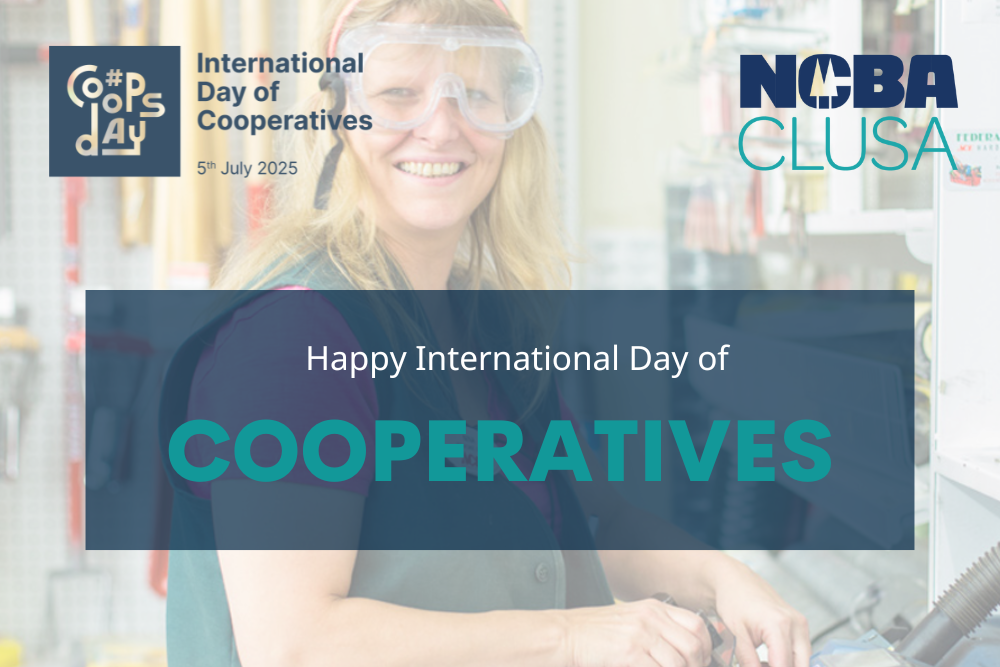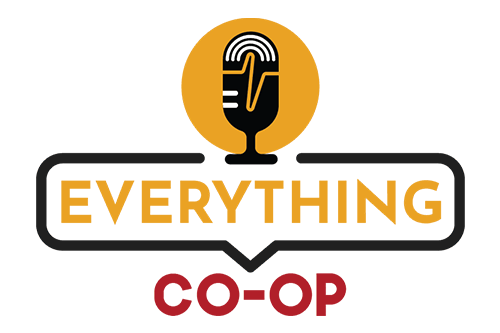In what marks a critical early step in articulating cooperative impact, the Urban Institute—in partnership with NCBA CLUSA and the Cooperative Development Foundation—has released a framework for measuring how co-ops contribute to local economies, community vitality and worker well-being.
Brett Theodos, director of the Urban Institute’s Community Economic Development Hub, unveiled the think tank’s seven-point framework, “The ABCs of Cooperative Impact,” last week at NCBA CLUSA headquarters in Washington, DC.
To better understand co-ops and their link to healthy, equitable and sustainable communities, NCBA CLUSA and the Cooperative Development Foundation have been working with the Urban Institute to develop a shared framework for assessing impact—on cooperative enterprises, their members and the communities they serve. This partnership was supported by a grant from the Robert Wood Johnson Foundation.
The framework comes at a time when “more people are turning to cooperatives as a strategy to empower themselves,” said Doug O’Brien, president and CEO of NCBA CLUSA. Historically, these “cooperative moments” have occurred when people feel excluded from economic opportunity.
“We don’t have the ability for government to work us out of the problems we’re facing. And as good as philanthropy is, we don’t have enough philanthropic dollars to build us out of those problems, either,” Theodos said at last week’s event.
“What I really see as needed is a growing cadre of cooperatives and other social-minded businesses and business-minded nonprofits that are able to be more self-sustaining and yet able to produce social good,” he said, adding that cooperatives bring a “legacy” of impact to the table.
Indeed, cooperatives have a proven track record of creating economic opportunities, said Margaret Lund, principal of Co-opera Co. Electric co-ops transformed rural America in the mid-1930s when no one else wanted to undertake bringing electricity and modern technology to enormous, but sparsely populated, swaths of the country. “We’re not talking about charity here. We’re talking about stuff that co-ops do as part of their structure and their essence—their everydayness,” Lund said.
“Co-ops are built out of necessity,” said Cornelius Blanding, executive director of the Federation of Southern Cooperatives. The federation itself emerged 51 years ago at the intersection of cooperatives and the civil rights movement. Sweet potato farmers in Mississippi and Louisiana formed co-ops to access markets in Chicago where they could get fair prices, and Alabama sharecroppers kicked off their land for registering to vote formed co-ops to reclaim their land, Blanding said.
Stories like these have done an “admirable job” of telling the co-op story, O’Brien said. “More and more, though, we know that we need to bolster those stories with data … so that as a co-op community, we can really increase understanding and enable and empower more people to use cooperative businesses to advance economic opportunity.”
The Urban Institute’s framework includes the following metrics, and is designed to apply to all cooperative sectors:
- Access
- Business sustainability
- Community commitment
- Democratic governance and empowerment
- Equity diversity and inclusion
- Financial security and advancement for workers
- Growth
The full report from the Urban Institute will be published in the Winter 2019 issue of the Cooperative Business Journal—a space for thoughtful, substantive writing about the issues, ideas and innovations that affect cooperatives and challenge cooperators. Click here to subscribe!


